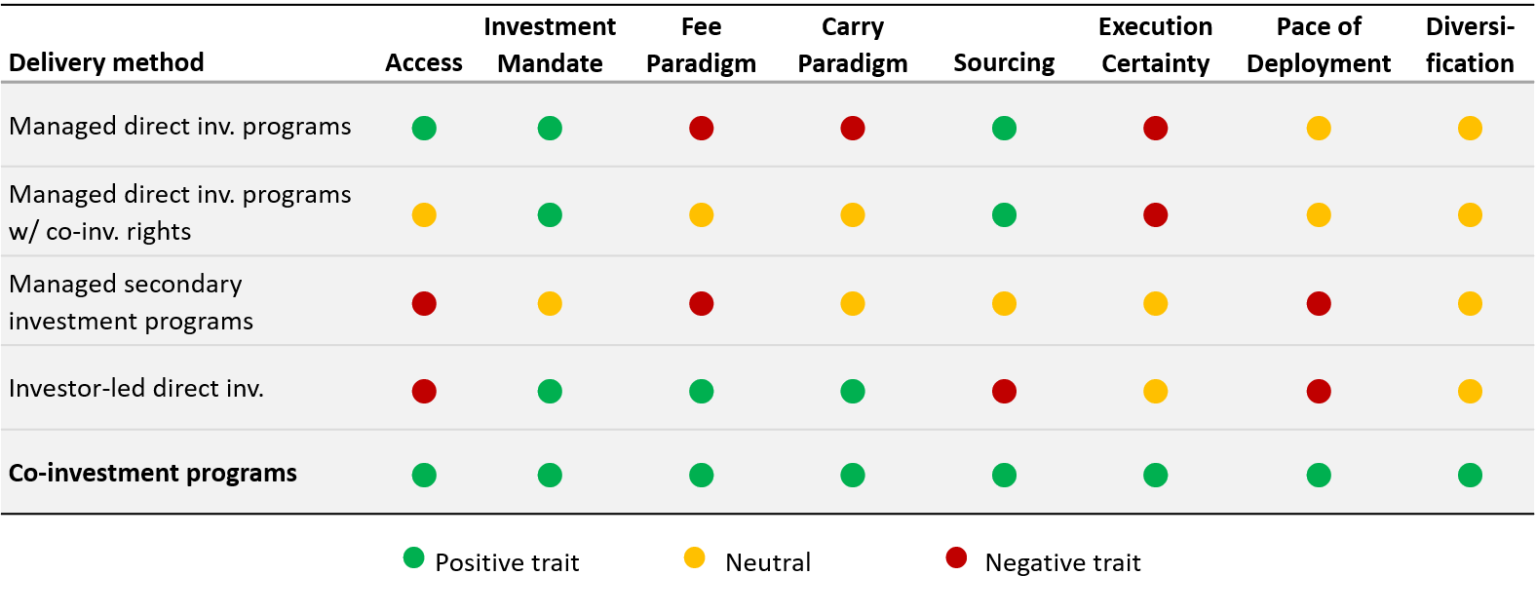We believe our sourcing capabilities, global investment platform, and implementation expertise make GCM Grosvenor well-suited to amplify the advantages of a co-investment program.
Best-in-class sourcing
We have covered hundreds of managers and sourced over 2,250 infrastructure deals since 2003. Our deep industry relationships provide us with coverage and access to managers, including emerging and diverse managers, that may not be as well-known to other market participants. Similarly, our flexible capital largely eliminates the potential for competition with the best direct investment funds, allowing us to be an important partner to them.
Portfolio construction/diversification
The breadth of our infrastructure platform allows us to contemplate relative value, creating less risk of deploying capital into sectors that face macroeconomic challenges than specialist investors. Similarly, the universe of opportunities tracked by our team of 15 professionals who focus on infrastructure investing allows us to be selective as we consider relative value from both a “top down” and “bottom up” approach.[2] Finally, our ability to invest across all securities and to size capital opportunistically allows us to further broaden the scope of what we see, and ultimately, what we select.
Greater execution certainty
Since 2003, we have made over 125 infrastructure investments, and this position in the market allows us to deploy capital into opportunities that have either closed or have a high degree of closing certainty. Thus, we may avoid or minimize broken-deal costs or other early stage, diligence related expenses. It also eliminates “must do” transaction risk associated with such diligence costs that can result in overpaying, and positions us well to avoid competitive auctions, which tend to be inefficient and expensive.
Efficient deployment
Our flexible capital allows us to fill gaps created by jurisdiction, tax efficiency, or other issues. For example, we may invest through our contractual co-invest rights, where funds reach their diversification limits, or where a special need requires a knowledgeable, bespoke pool of capital. As a result of the benefits we provide to transactions sponsors, we are typically able to leverage the resource-intensive up-front diligence and structuring activities of our partners. This facilitates more efficient and expedient deployment than most direct investment funds, without compromising due diligence and evaluation rigor.
Greater fee & incentive efficiency, less J-curve impact
In addition to the important considerations above, we also believe for several reasons that GCM Grosvenor’s approach to co-investing can be more efficient than a traditional direct investment fund fee-and-carry structure. First, many of the co-investments we execute are provided from sponsors on a fee- and carry-free basis. When that is not the case, we are often able to negotiate advantageous terms. Second, as mentioned, the timing of our participation allows us to avoid most, if not all, diligence and other structuring costs. Third, our own fee-and-carry structure is based on invested capital and is charged at a heavily discounted rate relative to most direct investment funds. Finally, our pace of deployment allows for a shorter investment period and a harvesting period of similar length, resulting in real J-curve mitigation and lower overall fees.


